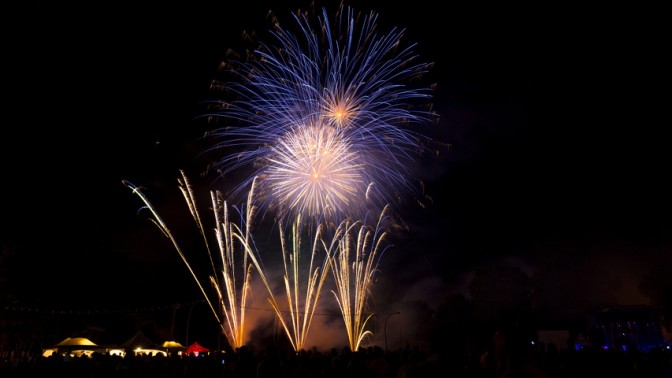Introduction
Do you plan to take photographs of fireworks during the next few weeks? If so you might take a look at this article that explains how to properly shoot fireworks with a DSLR camera.
Getting a nice firework picture is it not as simple as going outside, finding a firework display and starting to shoot bits of lights in the sky. There are things you can do to increase your chances of success or fine tune the end result.
Of course, it is also temping to take picture of the fireworks with a decent phone or point & shoot camera if you have a “firework” option, but those kind of picture often comes out as grainy/noisy or worst blurry.
In this article, I will guide you to make the most stunning photography of fireworks with your DSLR camera.
That kind of event do not occurs pretty often. Roughly 1 or 2 times a year during summer depending where you live. That is why I have written this guide: so that next time you get outside hunting a firework display, you will be well documented and prepared for most situations.
In Québec, we have 2 holidays that are good opportunities to shoot fireworks which are Canada Day (Memorial Day), and St. Jean Baptiste Day. If you live near Montreal, you have access to the L’international des feux Loto-Québec (http://www.laronde.com/larondeen/linternational-des-feux/overview, previously http://internationaldesfeuxloto-quebec.com/en/) festival which is prefect for making spectacular photos.
Keep up reading and be ready.
Note If you simply want to see my photos, seek to the bottom of the article by clicking here.
Prepare you gears
Before ever start looking for the perfect holiday to go outside on a hunt, you need to get the minimum mandatory gears if you want to enjoy your experience or get decent results. Here is the list of the gears that you must have in your bag before leaving your house…
Mandatory gears
Tripod
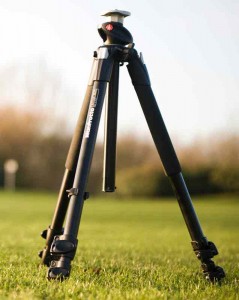
Manfrotto 190XPROB Tripod
A tripod. This is the most important gear of all. Photographing fireworks usually requires pretty long exposure time. A nice shoot could take as long as 4 seconds. To get a crystal clear picture, you need to be steady as a rock.
On every perfect firework picture, you can see the light trail of the flare going away from the explosion and slowly falling down. Even the smallest change in the camera angle or the smallest movement would ruin the picture and leave you with bad trails.
Remote shutter release
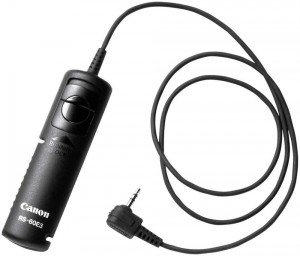
Canon Remote Switch RS-60E3
A remote trigger is also mandatory. You must have a remote trigger and there is no acceptable alternative. You can’t simply use the “delay” option on your camera. For most other photography project (like shooting waterfalls), using the “delay” option on your camera is often a good choice as an alternative to a remote trigger.
However, when you are shooting fireworks, it is pretty hard to know when the burst will explode which mean you won’t be able to accurately predict when you have to start the delay. The length of each burst is also unpredictable which means that you can’t use “Shutter speed priority” to automatically close the shutter. You will have to physically press/release a button to close the shutter.
If you do not own a remote trigger, you could make one yourself. Here is a simple guide that I have written that could help you making your own remote trigger: DIY Remote trigger shutter release cable for your Canon DSLR camera
A remote trigger is the only way to open the shutter on time (just before a firework pops) and close the shutter before another firework burst.
Useful stuff
Flashlight
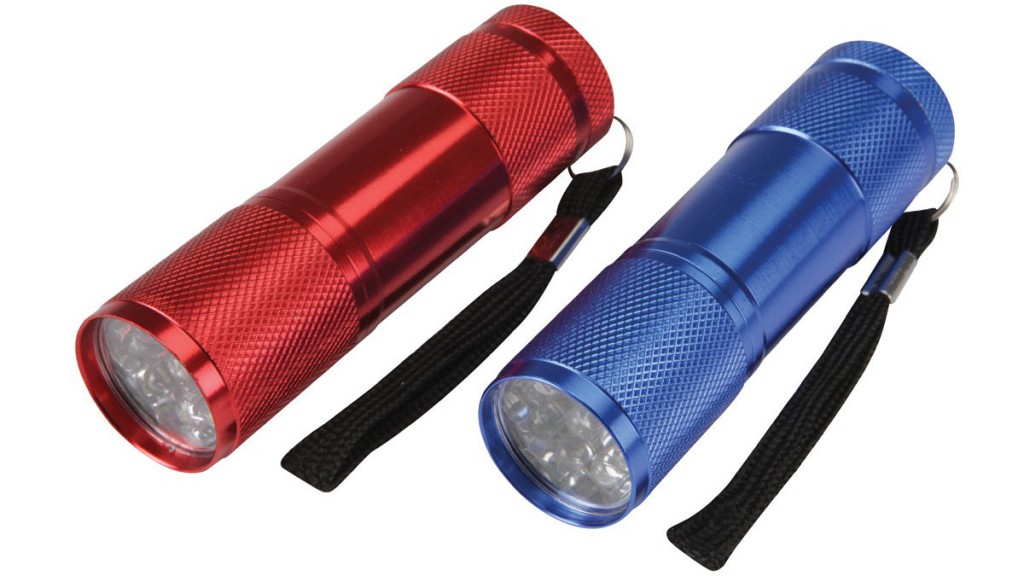
9 LED Mini Flashlight
It is going to get dark pretty quickly. It is a good idea to bring with yourself a flashlight to be able to see your controls, levels or equipment in the dark. Today, most people have a decent flashlight on their phone but a dollar store flashlight is as good as any other.
Masking tape
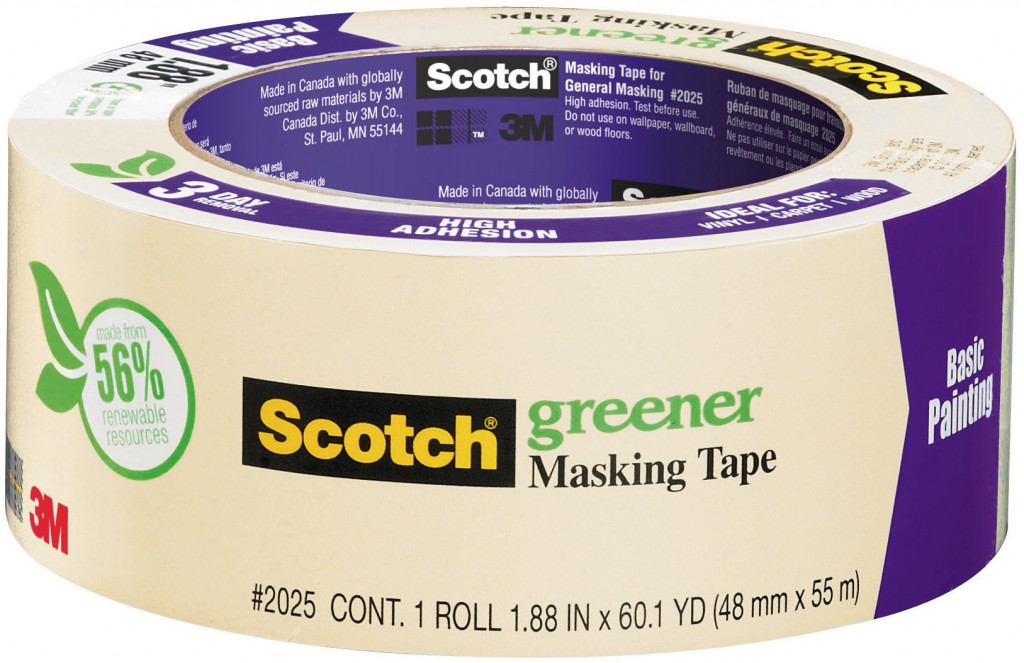
Scotch Greener Masking Tape Basic Painting
Masking tape is optional but having some can be useful. You can also use it to tape the focus ring to prevent accidental focus change to make sure it stays where it was set.
Tools you won’t need
Filters
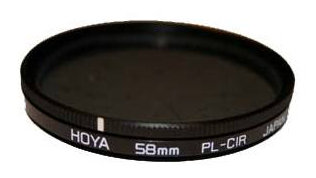
Hoya 58.0mm PL-CIR filter
Even if the fireworks are really bright, there is no need to bring filters. Simply use a narrower aperture (higher f number) to get the right exposition.
Polarized filters are also not required. There is no need to filter out a specific angle of the light coming through your camera. I also do not know of any record of polarized fireworks burst or that looking at fireworks through a polarized filter would change its appearance.
Flash
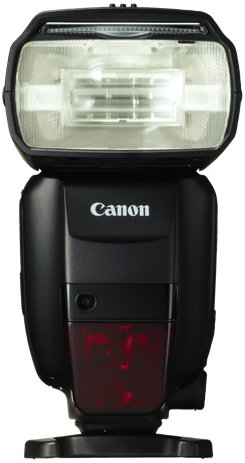
Canon Speedlite Flash (600EX-RT)
A flash is also not really required. There is no object close enough that would reflect the light of the flash back to the camera. Unless you plan on capturing people or the crowd while you are framing your shot, there is really no need for a flash.
Expensive lenses
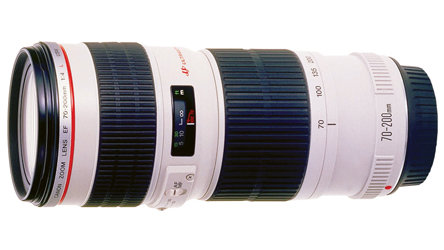
Canon EF 70-200mm f2.8L USM Standard Lens
You do not require any professional lenses for shooting firework. The fireworks are bright enough in the sky so you do not need a specialized wide aperture lens (read below/wider than f3.5). If you are positioned with the crowd, there is few chance that you need a zoom lens unless you want to frame a specific area of the sky. I got my first firework shots with a standard 18-55mm lens and never had to zoom higher than 55mm. You can leave your 70-200mm at home.
You might want to bring a wide angle lens to capture the whole ending scene but that would be only required if you are really too close the show.
Get on location early
That might be the best advice I could give. The sooner you get on side the better.
Fireworks are really big social events. If you get there too late, the best view point might be already taken by viewers. There will be much people in the crowd and moving from one location to another for a better spot might be dangerous for your equipment 🙂
If you get there early, you might even find other photographers that would be willing to share their spot and even some helpful advice.
You need to get on site before it is too dark. If you get on site too late, you may miss important details like power lines that may not be noticeable in your viewfinder once the sun has sets.
It will also give you time you need to search the area for the best position.
Find the best view point and keep it
Find a location that offers a clean view. Watch out for trees, branches and power lines that could get in your frame if you adjust your view point once the show has started.
The best view point is not on the front line. Do not get too close to the show. Firework needs to be in front of you, not above you.
Think about how the wind will affect your photos. You do not want the wind to blow in your direction. The smoke trails will quickly move between you and your subject and you will have to change position. Make sure you position yourself with the wind coming from your back.
Find a location that could protect your equipment/setup. During this photoshoot, I was scared that people walking around my equipment would trip over and break my stuff. Make a perimeter around yourself to prevent people walking around your setup. You could also leave a sheet or blanket on the ground to identify your working zone. You could also use pool noodles on your tripod legs to mark anchor points. For theses shots, I positioned myself behind 3 recycle bins. This way I had only 2 sides of the perimeter to watch out for.
Avoid light sources like street lights or the hot dog stand. Since you are taking long exposure pictures, these lights could overexpose your pictures or create flares.
Setup you camera
Focus to infinity
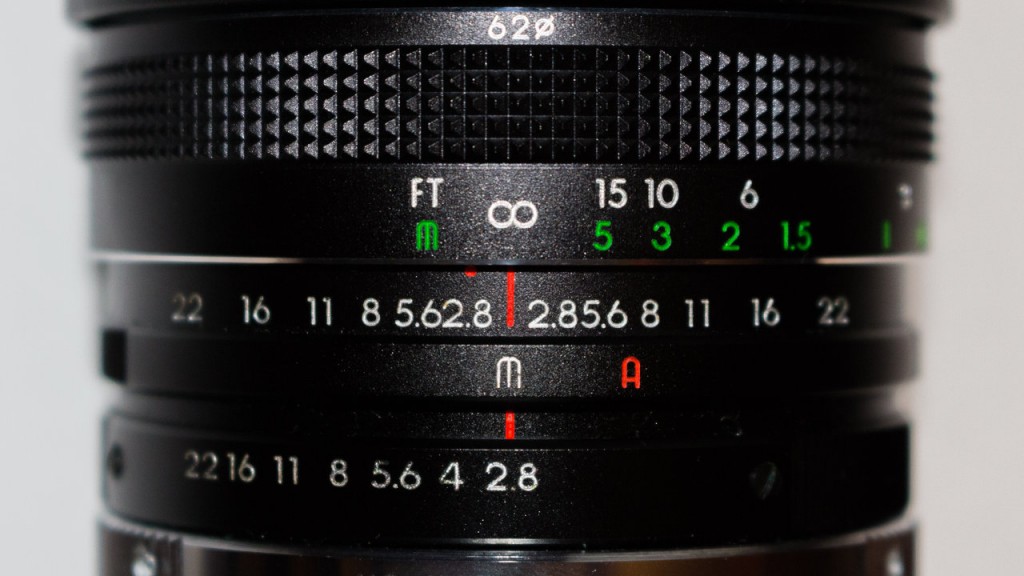
Focus on infinity
If your lens has auto-focus, turn it off. It is best to use manual focus in this situation. The fireworks are far enough to set your lens to infinity.
As a personal suggestion, you should not trust the infinity symbol/mark on your lenses. The focus ring can sometimes moves “beyond infinity” which would make picture as bad as out of focus ones. This is because the infinity point can move depending on the ambient temperature which means that the infinity symbol position is set somewhere between the lens operating temperature range. It may not always be accurate for your situation.
The best method for adjusting your focus is still to search for a far away object and focus on it.
Set camera in manual mode
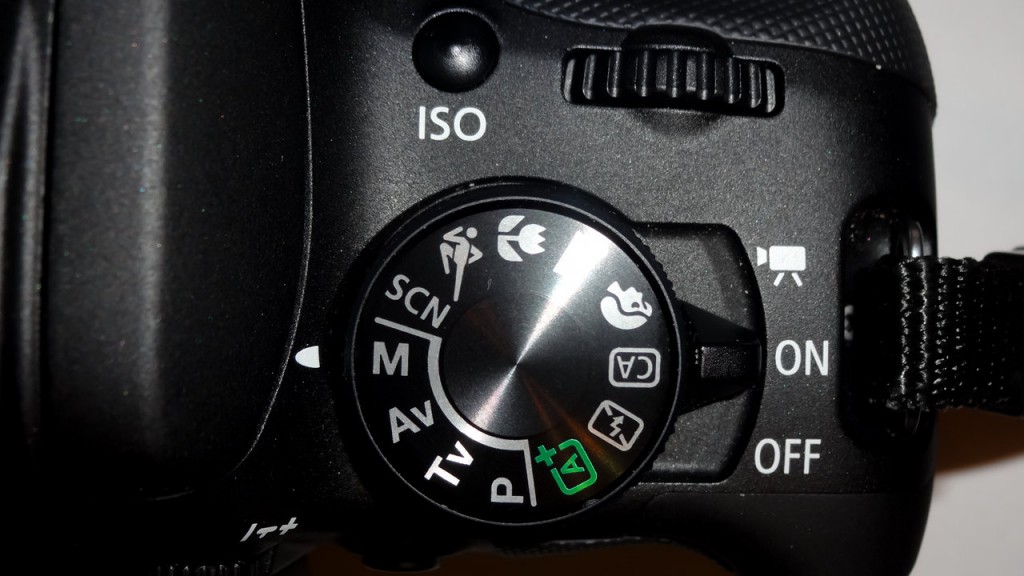
Canon SL1 Mode Dial to Manual
The only mode that can be used for photographing fireworks is the manual mode. Aperture priority cannot help in this situation for obvious reasons. Shutter priority mode is also not helpful. As explained before, there is no way to know how long a firework will last. Setting an average shutter speed of 3-4 seconds will either not completely capture the light trail or will capture part of the next one.
Low ISO
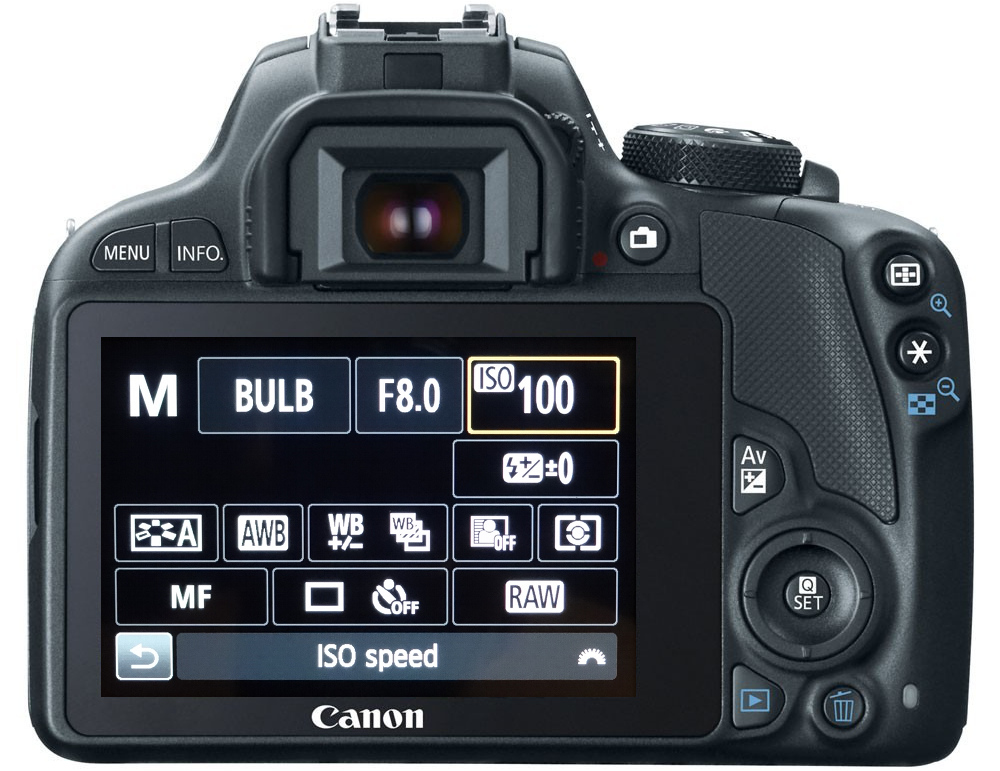
Canon SL1 ISO Selection
Since you are capturing images over a perfect black background, noise can quickly become an issue. It will also be really perceptible. It will be easy to distinguish noise on dark areas so it is best to use a low ISO setting to reduce noise as much as possible.
ISO 100 is the recommended value to use.
In case your picture are underexposed, do not increase ISO to 200 but instead uses a wider aperture.
Use a small aperture
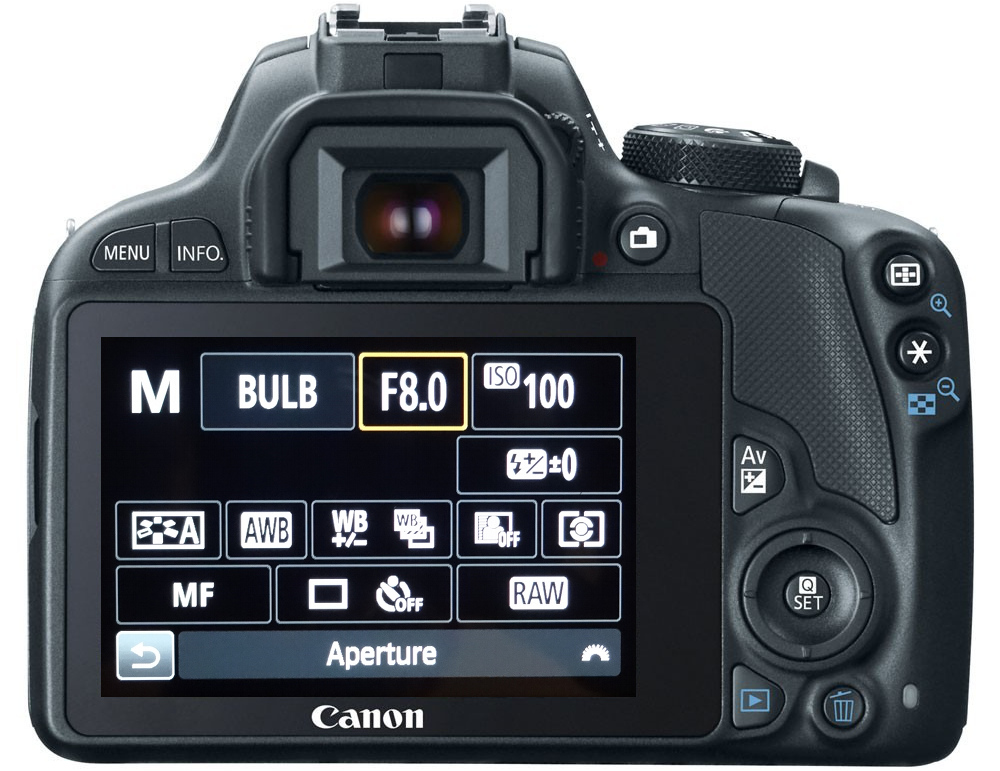
Canon SL1 aperture selection
The fireworks are bright enough in the sky to let you use a narrow aperture (higher f number). During your shooting session you will need to set the aperture in the range of f8 to f16. You can safely set your aperture to f11 at the beginning of the show and adjust as needed.
Set camera to Bulb mode
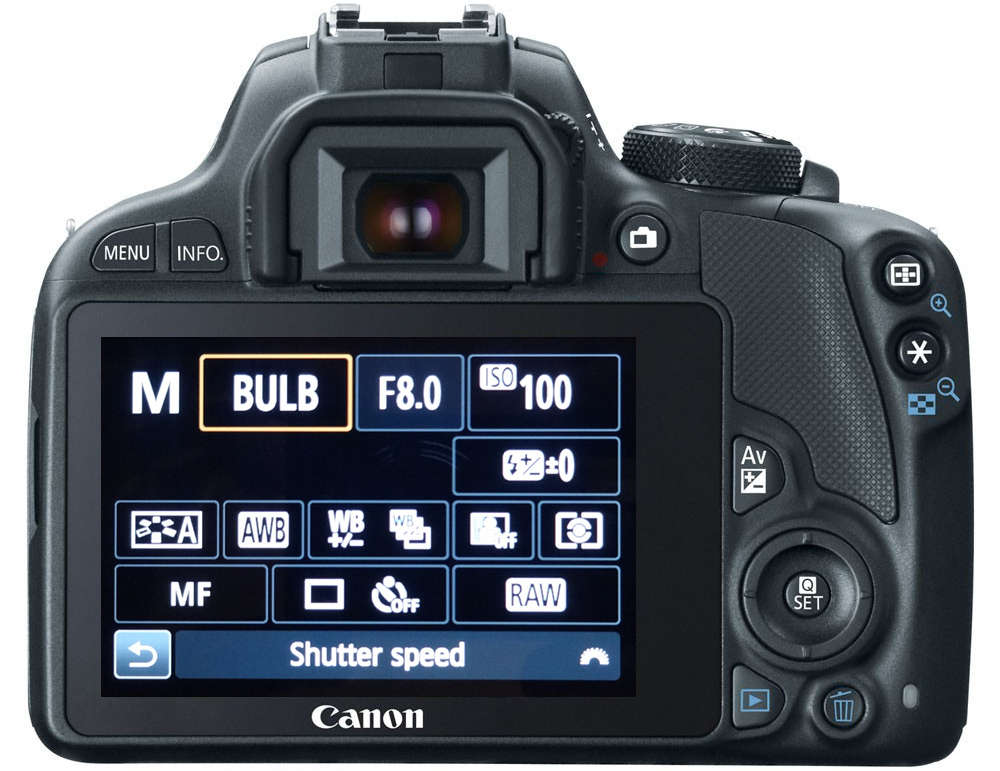
Canon SL1 Bulb Selection
Most cameras now have a BULB mode. Bulb mode is a perfect candidate for this task. It allows you to have a variable shutter speed for each shots. In bulb mode, pressing the shutter button will open the shutter to start capturing light and will leave the shutter open as long as you press the shutter button. This is pretty convenient when you are trying to capture an event that you don’t know how long it will last.
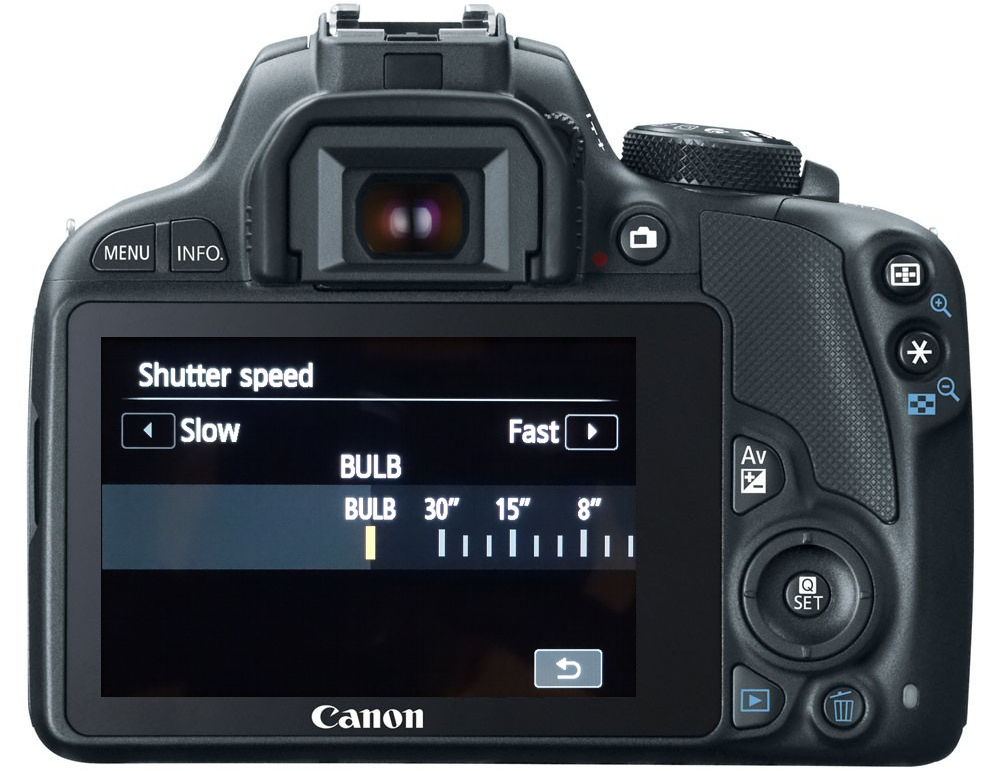
Canon SL1 Bulb Dial Selection
This mode is usually found at the end of your shutter speed range (slowest shutter speed). You can activate it by increasing the shutter speed higher/longer than 30 seconds. On many DSLR camera, the knob controls the shutter speed in manual mode so rolling it will increase the shutter speed and will usually get you to activate bulb mode.
Turn off Image stabilization (IS)
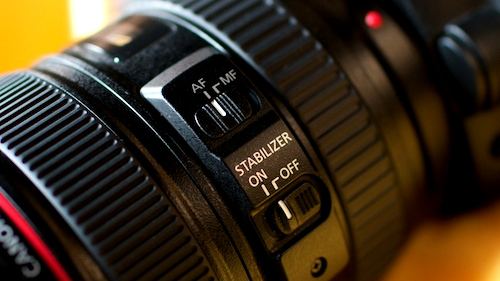
Image Stabilizer Turned off
Since you are using a tripod, turn off Image Stabilization (IS, Vibration Reduction on Nikon). Tripod and IS is always bad combination and you don’t need it. Leaving it on probably does more harm than good. IS mechanism works by feeling the vibration the lens from your hands and creates a counter “vibration” to reduce the effect on the final image. It is better to switch off IS to prevent your lens stabilization mechanism from trying to stabilize a stabilized image which would result in image vibration (camera shake).
Some lens can successfully detect the use of a tripod and prevent adding more vibration to the equation but in doubt, just leave it off.
On Canon lens, the IS switch is usually located on the lens itself.
Set your camera to RAW mode
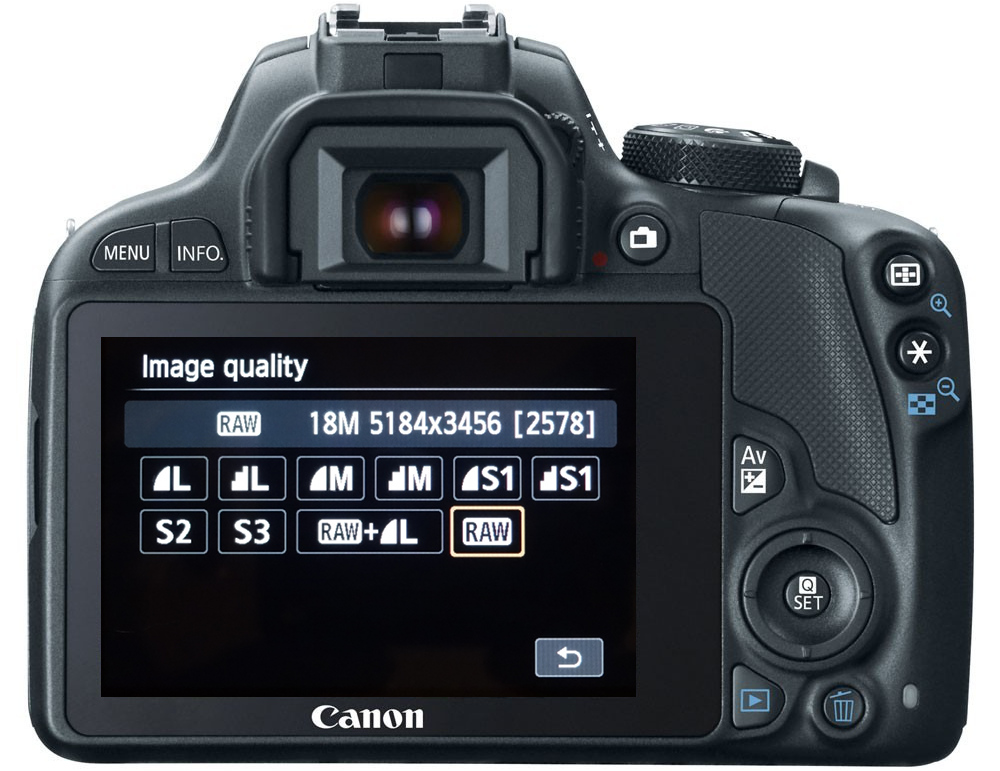
RAW image quality
Since you will have to adapt to the situation, you may end up with a shot perfectly composed and aligned but which is underexposed or overexposed. To help you correct the situation, it is better to capture your images in RAW mode. Making corrections on RAW images does much less harm to the picture quality than it does in JPG because of the image’s compression.
If you do not have access to a RAW image editor, set your camera to shoot in RAW+JPG. You might only be able to make corrections on the JPG image but years later, when RAW image format will be mainstream, you may be proud to have the uncompressed RAW data to make the perfect corrections to get a better final result.
Setup vivid color saturation
Setting this mode is optional as it is only used during JPG image capture. If you are only shooting RAW, it does not have any impact on final result.
However, if you are lucky and get the perfect ISO-aperture-shutter-speed combination, you would like to maximize the vivid color saturation effect of your fireworks.
Wait until the show begins
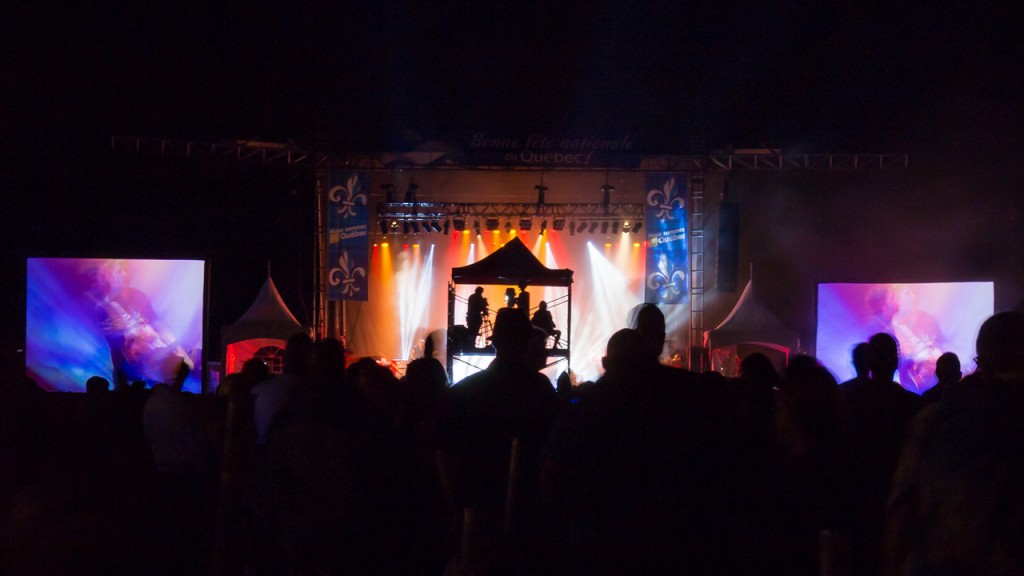
Kaïn célèbre la Fête nationale à Saint-Jérôme
For some people, that’s the hardest part 🙂
Adapt to the situation
Obviously, all these hints are given a suggestions and starting point. You will have to adapt to the situation since every firework burst and show are different. Here’s a list of what to look out for during your shooting session…
Double-check with firsts bursts
Fireworks usually last at least 10 minutes but most can be as long as 30 minutes. You will have plenty of time to get the perfect picture during the second half of the show so use the first half of the show as practice and learning how to adjust yourself.
Check that lens is still focused
During the few burst at the beginning of the show, take the time to verify if you are correctly focused on the infinity (if you are correctly focused on the firework).
Check on preview window for appropriate exposure
During the firework show, the intensity or size of the fireworks will probably change. You might have to struggle finding the best exposure on demand (live). You will have to adapt to the situation to correct the exposure.
Leave the ISO setting to 100.
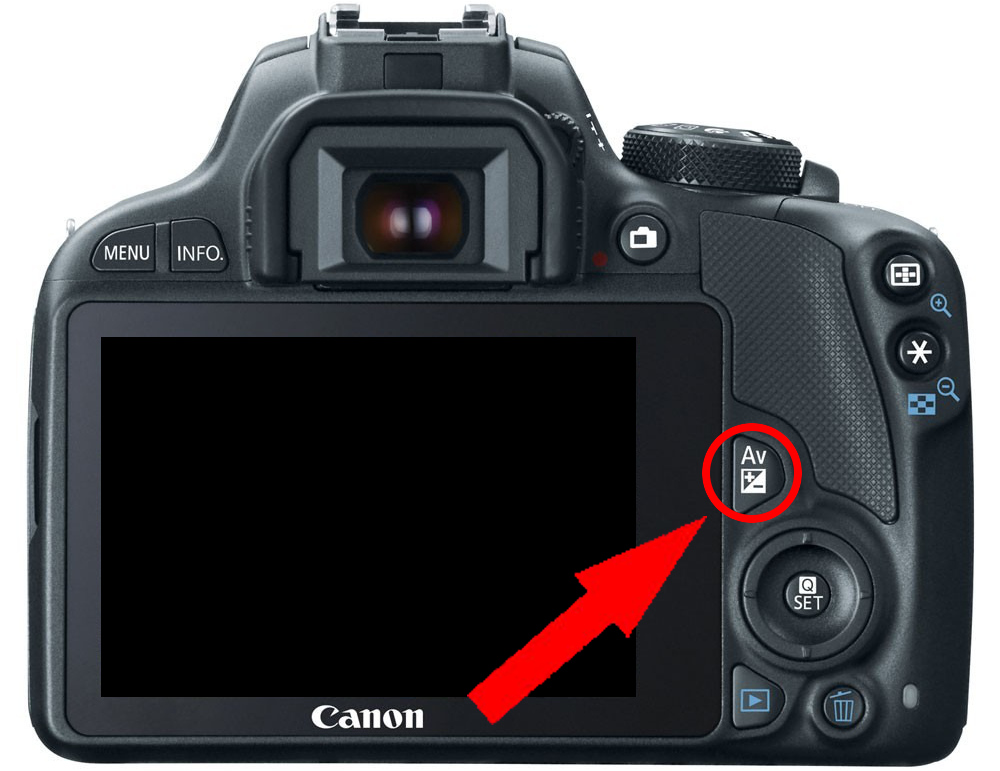
Quick Aperture Exposure compensation button With Main Dial
Concentrate on the aperture to make corrections and adjust your exposure. If the image is too bright, reduce the aperture (increase the f number) and do not hesitate to go as low as f16 if it is required.
Check your histogram and your preview window for identifying overexposed areas. Most camera will show a black and white blinking area when part of a image is overexposed.
Framing your shots and composition
Take your time to check if you are correctly framed.
If you are a beginner, you should not really try to frame your shots or play with composition. You should just try to observe the sky. You will probably be busy enough trying to zoom in/out, focusing and finding the correct exposure. Simply try to capture the whole scene from the burst to the end of the explosion and that should be a good start. If the fireworks appears too small in your preview window, don’t worry, you can always crop your images later.
If you are a little more advanced, you can try to photograph the surrounding environment in your picture. Images look more dramatic if you can see the crowd, a river or a lake nearby in the field of view. A nice view of the city is always a winning bet but it can also increase the difficulty of finding the correct exposure because of multiple light source. Concentrate on your first goal which is capturing firework with a proper exposition and just have fun doing it.
Save for the finale

Checking the Battery Level
The show is almost going to its end. The finale is coming and it is going to be short. Are you prepared ? It is the best part of the show and the one that will require the most attention for capturing great firework images.
Make sure you have enough
- Free space on your memory card.
- Battery power left.
How many stills you can shoot? You do not want to have to change your memory card and swap batteries during the finale. There is a good chance that changing your battery also means that you will loose your settings which is a bad thing during the finale. You might also have to disconnect the camera from the tripod which means that I will have to zoom and set focus again.
Other considerations ?
Take your time.
Final results
Here are the final results of my firework images:
Enjoy!
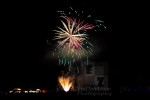 |
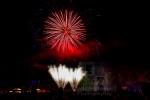 |
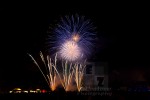 |
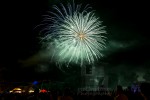 |
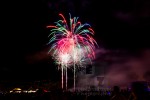 |
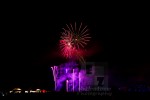 |
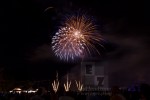 |
